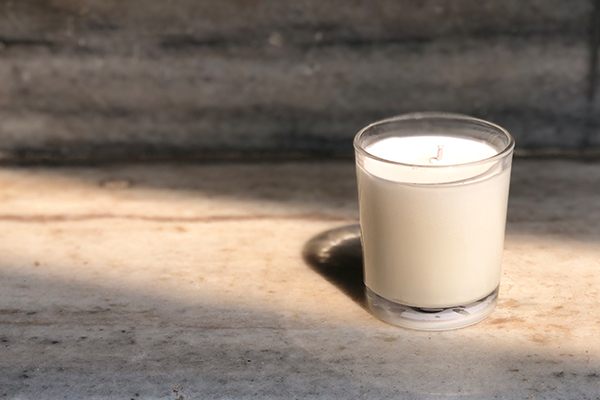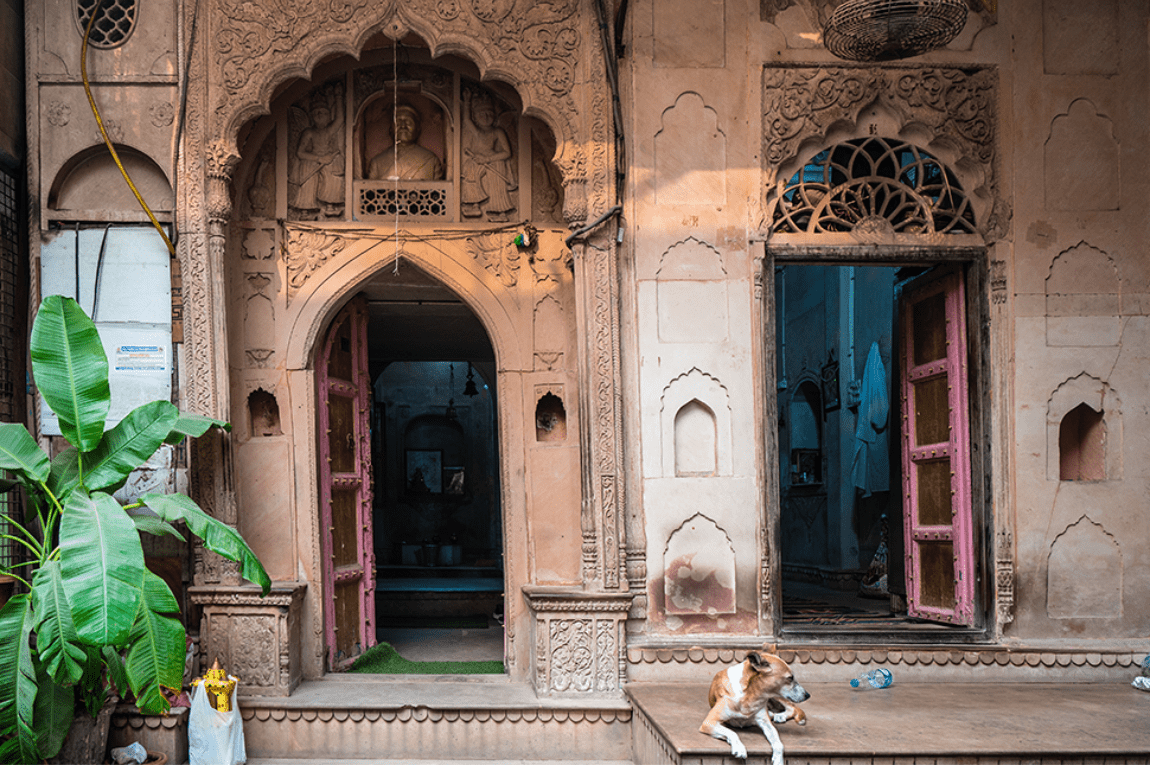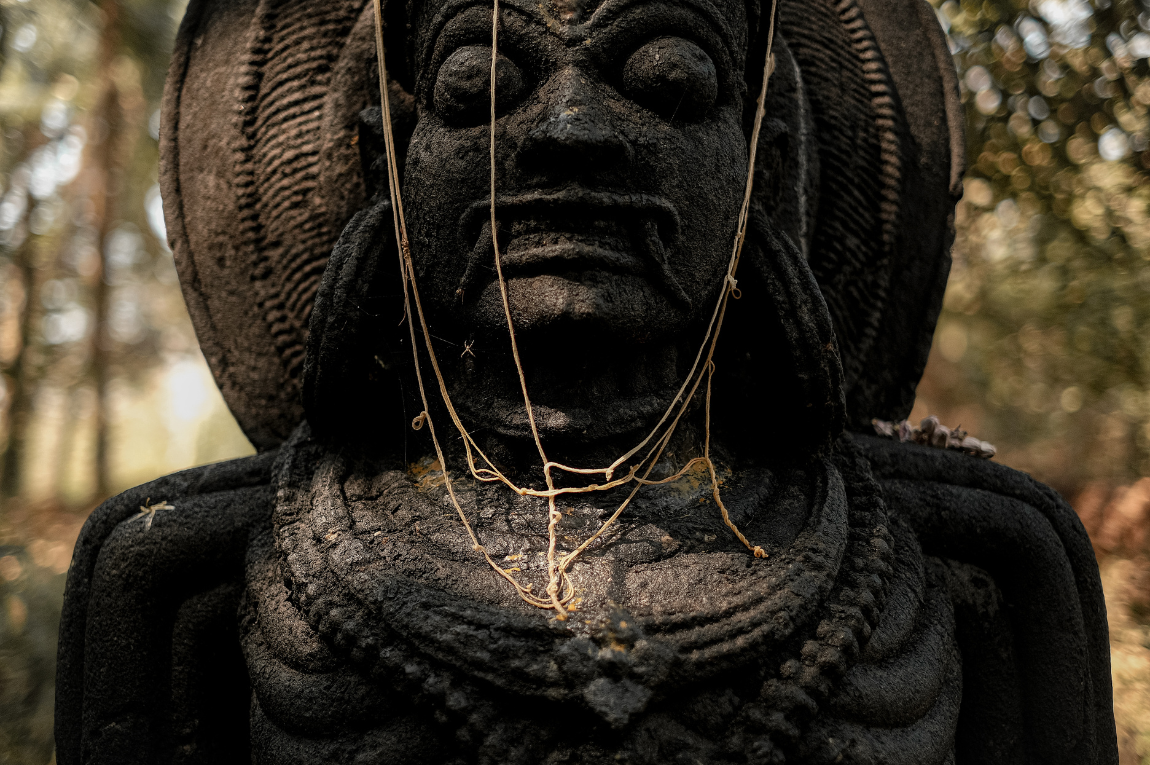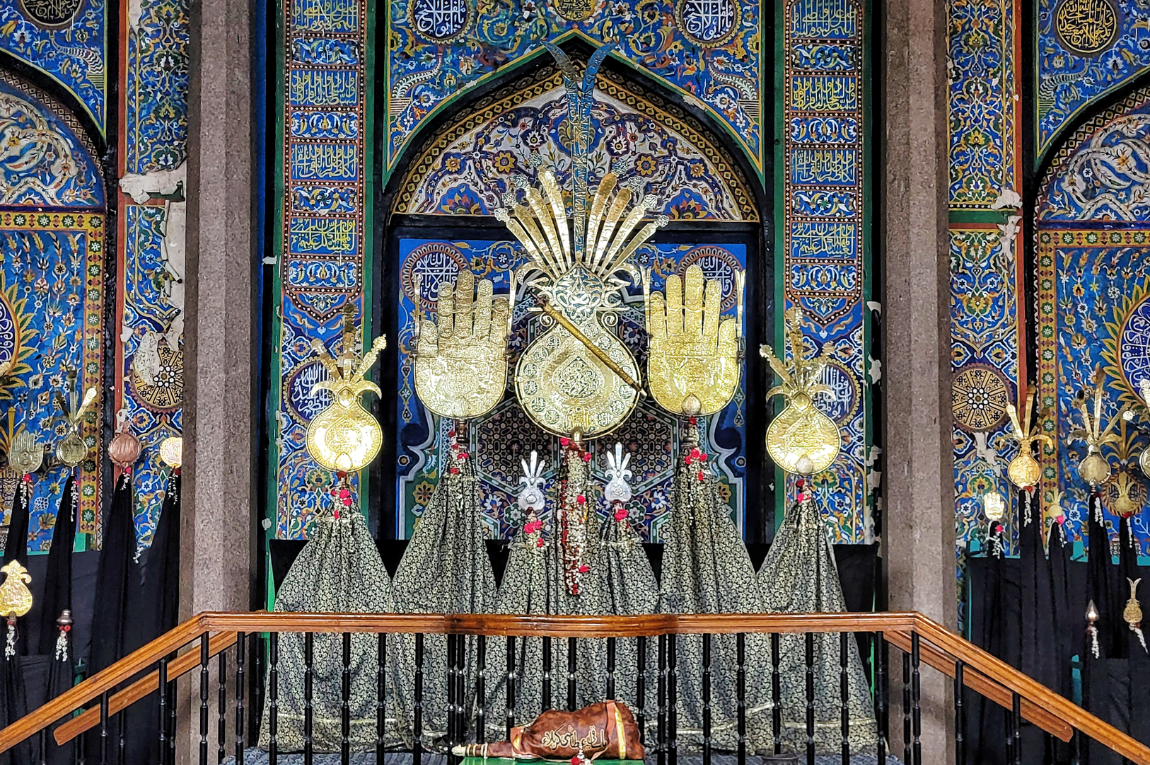For the uninitiated, it can be hard to tell your tonka bean from your bergamot. What makes you wrinkle your nose at certain scents and deeply inhale aromas at another time? Do you need to care for your scented candle? We got Manan Gandhi, founder of Bombay Perfumery, to sniff out the details you need to know to make an informed choice while buying your next fragrance.
Research & reading
Fragrances are everywhere — from Himalayan pine forests to the bath products in your bathroom — and paying attention to them can be rewarding. “The story of how a flower in south India ends up in a perfume or a candle is a powerful one,” Gandhi says. “At Bombay Perfumery, we always focus the spotlight on the ingredients in our scents as we believe that it’s important that our users understand what they’re investing in.”
“Over time, you develop favourites based on your olfactory preferences and also things that perform well on your skin,” he says. But how do you figure out what you like? Gandhi recommends spending time with the fragrance — read up on the notes that go into the scent, wear it on your skin and walk around with it before you make your purchase.
What are Gandhi’s favourite fragrances? “Personally, I like fragrances that are spicy and earthy. At the moment that is ‘Calicut’ from the Bombay Perfumery range,” he says.
Notes to know
Ingredient lists that come with fragrances and scented candles can sometimes seem a tad overwhelming. They may include words that aren’t necessarily part of our everyday lives. Here’s a quick breakdown of commonly occurring notes, with helpful descriptions from Gandhi.
Bergamot: Citrusy and fresh, bergamot hails from the Sicilian region of Calabria.
Olibanum: More commonly known as frankincense, this is a resin used for smoky, woody notes.
Patchouli: One of the most important ingredients in fragrances, this one is used for its woody, earthy notes.
Neroli: Produced from the blossom of the bitter orange tree, the scent of the neroli essential oil is sweet, honeyed and somewhat metallic with green and spicy facets. It’s one of the noble perfumery ingredients and also extremely expensive.
Tonka Bean: Expect sweet, warm vanilla notes when you read tonka bean on the ingredient list.
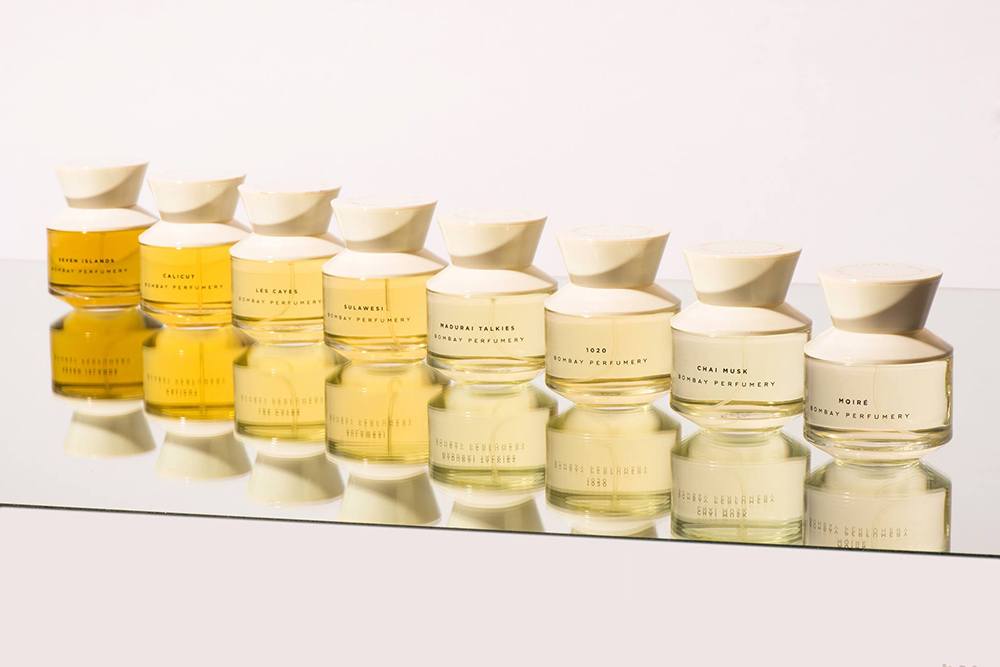
What works where?
Traditionally, floral, fruity or gourmand notes like vanilla, caramel and chocolate were more commonly found in women’s fragrances, while woody, spicy notes were present in men’s fragrances. Gandhi says that these boundaries aren’t so rigid anymore. “A lot of niche labels are pushing the envelope when it comes to creating edgy fragrances that challenge these gender norms,” he says.
When it comes to candles, what works by a bathtub may not work in the bedroom. At the outset, “stick to clean, subtle-smelling candles that don’t empower with their presence in your home.” Gandhi recommends fragrances with citrus, pine or eucalyptus notes for bathrooms, light florals like orange blossom or jasmine for a day-time setting in the living room or bedroom, and fruity, sweeter notes in the kitchen. Decadent notes like oudh, raspberry, musks or amber help to set a moody ambience when you’re entertaining or in an intimate setting.
Care guide
Gandhi recommends burning a candle — at least one of about 165gms — for about 2-3 hours at a stretch. This ensures that the candle burns evenly and the fragrance spreads through the room. A soy-based candle does this efficiently and leaves less soot behind, and is more environment-friendly, he says. Store the candle away from direct light, preferably covered in a box inside a cupboard or storage unit.
Paper Planes collaborated with Bombay Perfumery to produce a fine fragrance candle, A Line for A Stray. Funds raised from the sale of the candles go towards a sterilisation drive for stray dogs. Buy it here.
Tell us what you think? Drop us a line.
